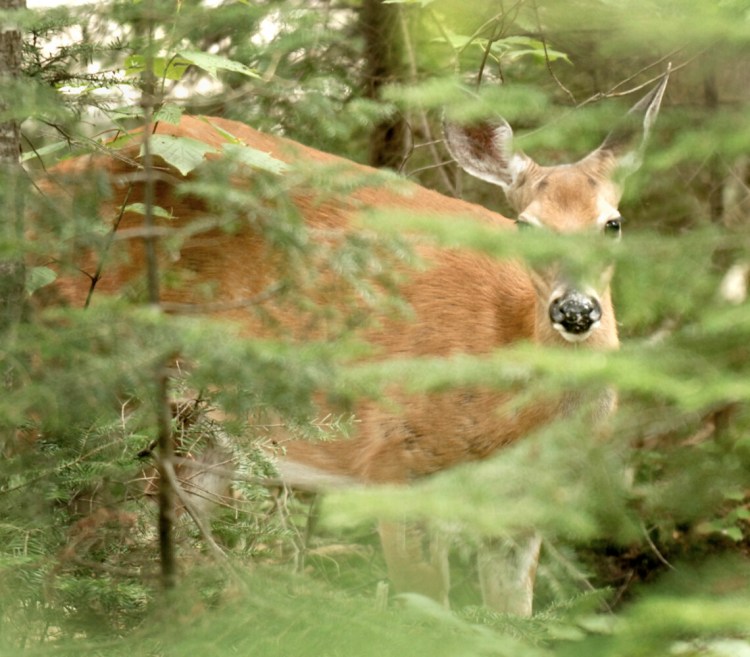The world of deer hunting is rife with debate: 30-06 vs .270, tracking vs treestands, morning vs afternoon. Perhaps less a debate and more a true search for answers involves determining the best dates to deer hunt. Not surprisingly, the answer is not simple.
To avoid myriad more variables, let’s stick strictly to the regular firearms season, as that represents the greatest contingent of deer hunters. With certain minor variations from year to year based on how seasons align with the calendar, that basically means the month of November.
A strong argument can be made for first water, opening day. Just as any serious fly angler wants to be the first to cast into pristine waters, many deer hunters live for opening day. Bowhunters and bird hunters notwithstanding, human presence has been fairly minimal up to this point and deer are still relatively undisturbed. That will change fast, and as the research shows, heavy hunting pressure will quickly prompt deer to move about far less during daylight hours, and to seek thicker cover.
In this case, hunting pressure may be the operative factor. Statistics from states with heavy hunting pressure show most of the deer are taken within the first few days of the season, and on weekends. Outside of that, probability of success declines, sometimes significantly. This might apply to southern Maine, and around some of the more populated areas, but not so much outside of these areas. In places where deer can continue to behave more “normally,” hunters may want to take a different tack.
Many hunters prefer to target times around the rut, and with good reason. This is when normally wary and reclusive bucks move about more during daylight as they seek potential mates. Predictability goes out the window, but the probability of seeing a buck rises considerably.
So does the possibility of seeing a really big buck. I recently had a chance to analyze data from more than 6,000 entries in the Buckmasters Trophy Records. Analysis clearly shows mid November to be the peak period. I also consulted with deer biologists from all the whitetail states and found two common conclusions. For any given area, peak rut occurs at the same time every year, and for states above the 40th parallel, that’s some time around mid November.
I can also offer some anecdotal information to support the notion. One of my most productive stands sits near a bedding area. Over the last 20 years or so, we’ve regularly seen deer from it throughout the season, mostly does. But there’s a magical four or five day period when the bucks suddenly show up, presumably visiting the local doe population.
However, there are exceptions to every rule. When he was President of the Maine Antler & Skull Trophy Club, Dick Arsenault looked at club records for trends and found something very interesting. Most of the biggest bucks were taken during the last week of the season. His contention, which seems sound, was that older, more experienced bucks saved their energy for peak rut rather than recklessly running around burning up calories too soon. Then, as the rut winds down they’re still amped up, and need to travel farther and wider to find any remaining receptive does.
In the final analysis, a good argument could probably be made for any of the four weeks of the season. Personally, I prefer to play the percentages and concentrate my effort in the middle, but as a good friend of mine once said, “The best time to be in the woods is when the season is open.
Bob Humphrey is a freelance writer and Registered Maine Guide who lives in Pownal. He can be reached at:
bhunt@maine.rr.com
Send questions/comments to the editors.


